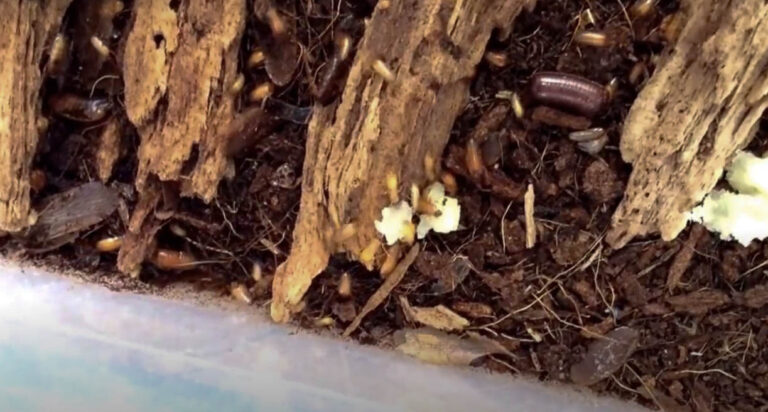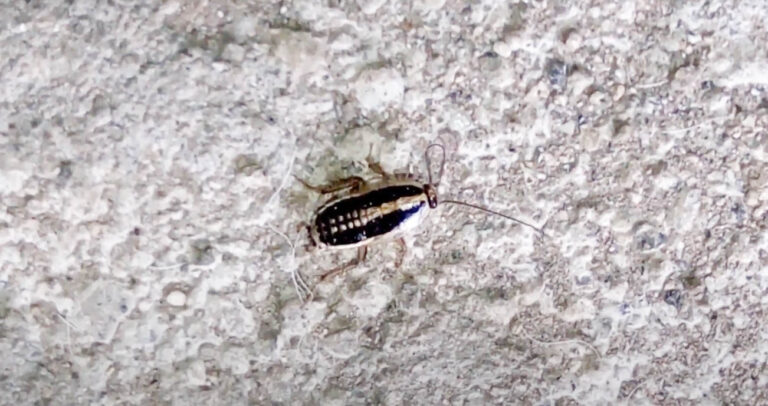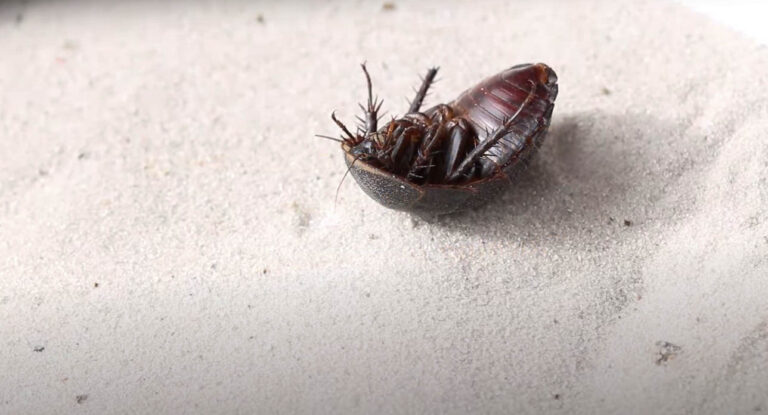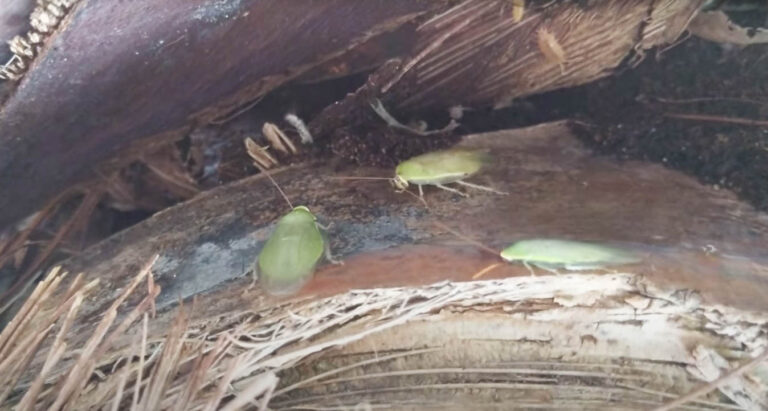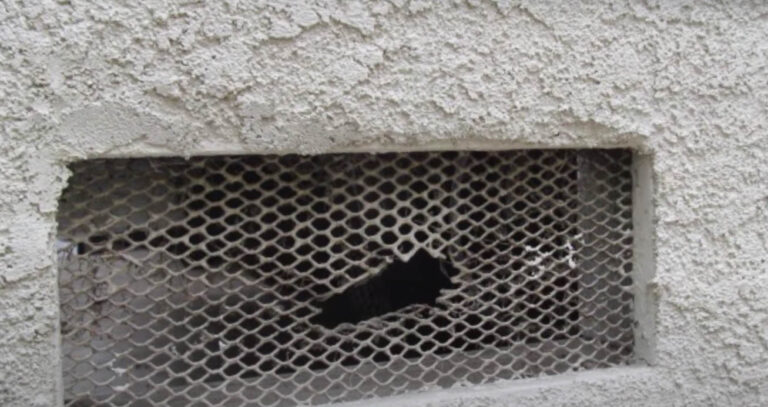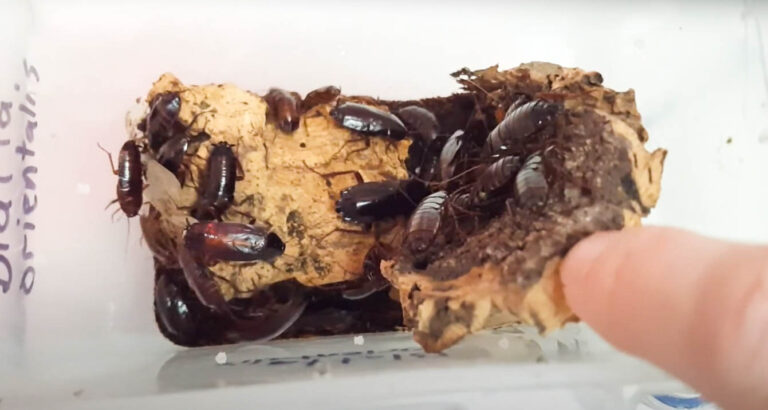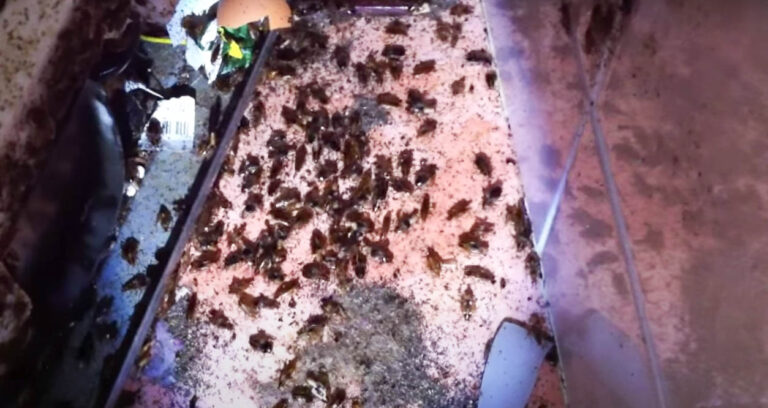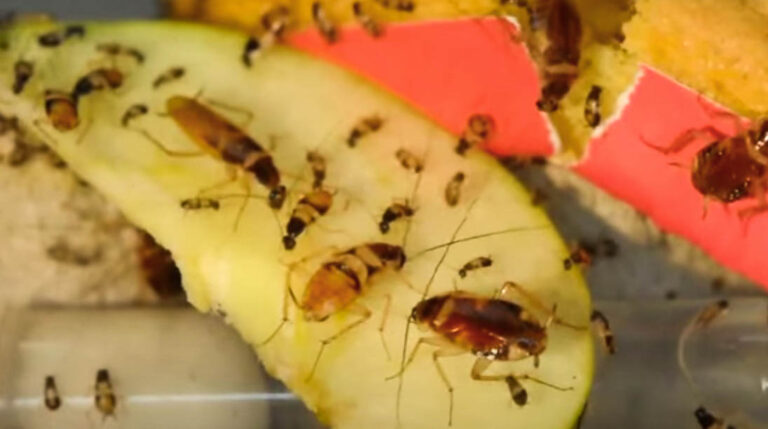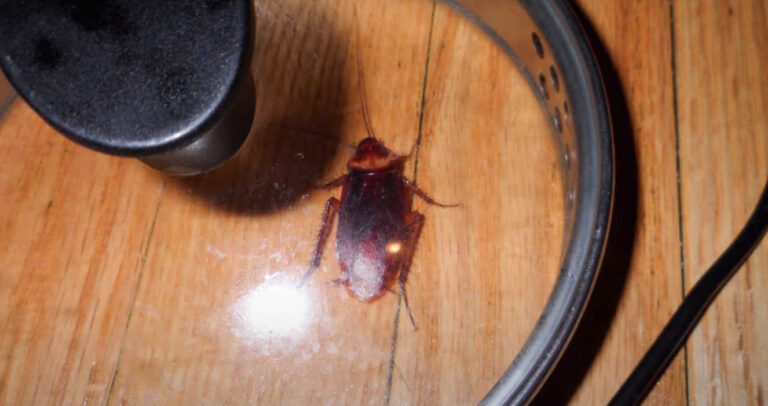About Florida Woods Cockroaches
About Wood Cockroaches
The Florida wood cockroach (Eurycotis floridana), also known as the Palmetto bug, is a large cockroach species from the Southeastern United States measuring 1.5 inches in length. Besides that, they lack fully developed wings. Instead, they have a vestigial wing that makes them appear wingless. Due to their wingless nature, these species are known for their defensive attack and release of harmful chemicals to their enemies. After all, that’s what can save them from the hands of their enemies. Not to mention, the defensive measure plays a significant role in their survival because they are generally slow and lack wings.
Appearance
They are similar to the oriental cockroach; they can easily be mistaken for each other. Despite the similarities, there are distinctive differences between the Florida wood cockroach and the oriental cockroach. Florida wood cockroaches are large, slow, and have dysfunctional wings; the oriental cockroach is smaller and faster and has few developed wings. The appearance of the Florida wood cockroach differs depending on its development stage in its life cycle.
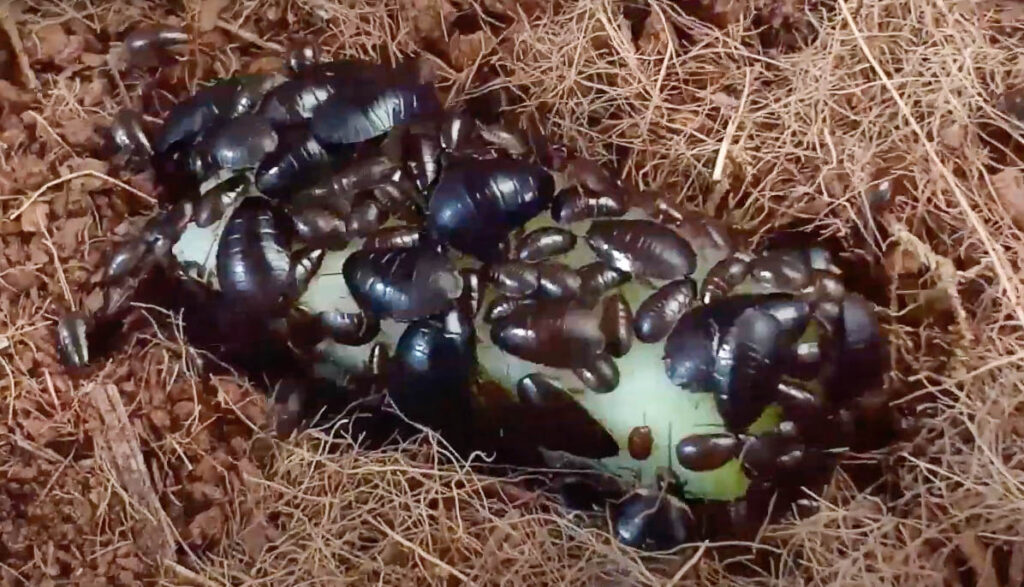
a. Egg
Eggs are enclosed in the egg-case carried by the female. The egg-case is reddish-brown and looks pale in the initial stages, but it turns black when it hardens. The egg-case (Ootheca) size is 13-16mm; the ootheca is deposited in a safe and hidden place once it has hardened. The ootheca can be dropped before it hardens if the female is threatened or stressed. The eggs take approximately 50 days to hatch.
b. Nymph
The nymph is reddish-brown, and as it progresses, it darkens its color to black. Florida wood cockroach nymphs go through seven instar stages before they mature to adults. They develop thoracic margins in the last stages of the molting process. The molting process takes up to 100 days under favorable conditions.
c. Adult
Adult Florida cockroaches are relatively large compared to other cockroach species. They are 30-40mm long and up to 25mm wide. When it comes to their color, their body color ranges from reddish-brown to black. The Florida cockroaches have dysfunctional wings called the Tegmina.
Behavior
Adult Florida wood cockroaches are very defensive; they have secretive glands that produce toxic chemicals. In addition to that, they can spray the chemical more than a meter away. Only adult Florida wood roaches can use this mechanism. Florida wood cockroaches prefer living in outdoor spaces compared to the indoors. As such, they’re likely to be found more in composts and leaf litter. Since these roaches live near houses, they can always gain entry into your house through cracks and gaps in the walls. Moreover, these cockroaches can also get into your living spaces by crawling through open doors and infected firewood. They feed on plant decaying matter, molds, and lichens. Because of their feeding preference, they are less likely to be found in human habitations. Just like other cockroach species, Florida wood cockroaches aren’t safe to have in your home as they can contaminate food with bacteria.
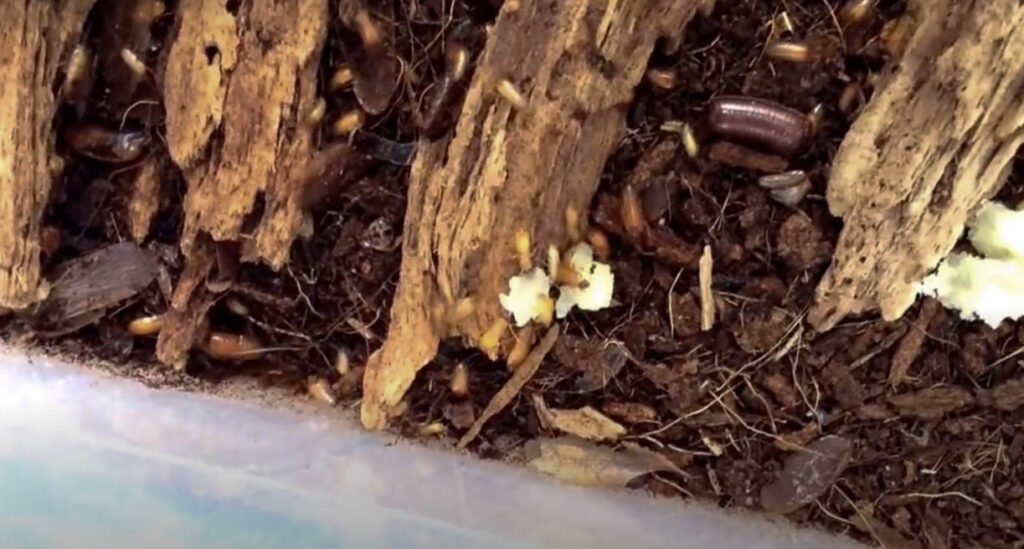
Life cycle
The female adult can produce its first egg-case 55 days after the molting period. For the eggs to hatch, a temperature of 30-36°C is required. The female then attaches the ootheca to a safe place, under a log or behind a tree.
Habitat
Florida wood cockroaches prefer woody areas, tree stumps, and shrubs. They are mostly found in the outdoors; they can still gain entry to homes by hitchhiking on firewood and houseplants. They cannot survive in home environments because they prefer dark, humid, and damp environments.
Control
The Florida wood cockroach is an outdoor insect, so they’re rarely home invaders. Therefore, sealing off all the gaps, cracks, and tiny holes on your house’s exterior can go a long way in preventing severe infestations. If this type of cockroach happens to find its way into your home and settle in a hidden place, you don’t need to call pest control professionals since it could be only that one cockroach that you see. You can take it out because chances are it’s the only one around. Also, you can limit the food sources for these critters by removing all the leafy garbage around your house.

